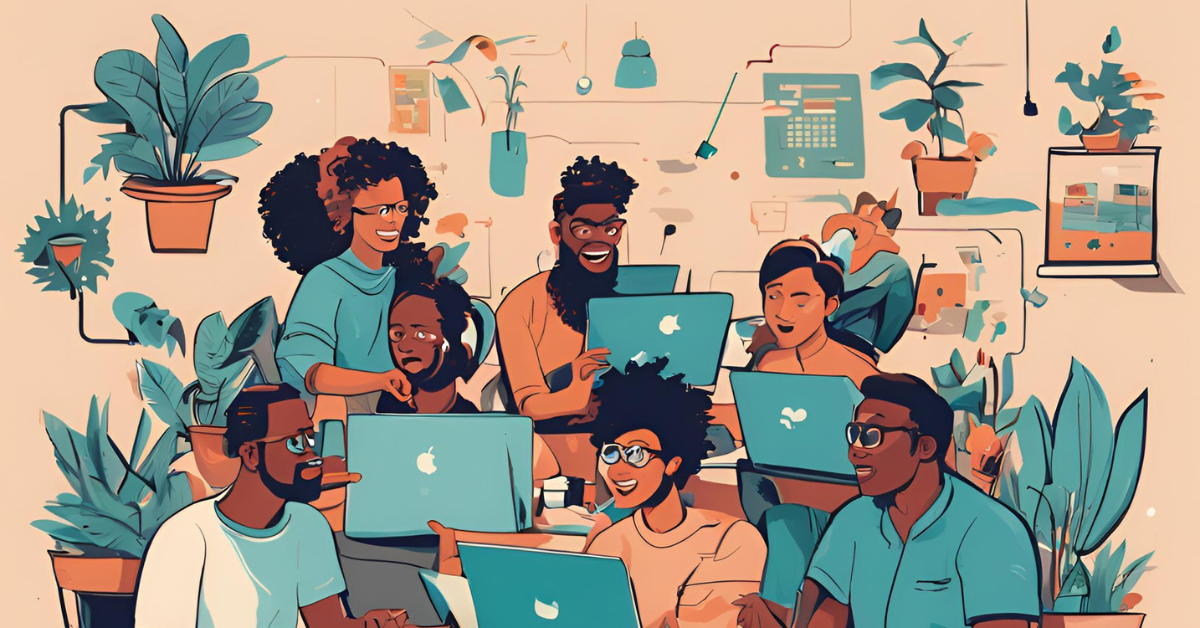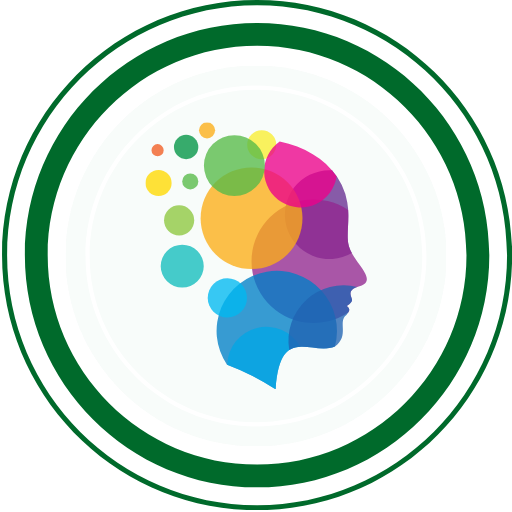What is Open Source?
Alright, let’s crack open this mystery!
Open source is like a giant digital potluck where the recipe (a.k.a. source code) isn’t locked away. Instead, it’s out there for everyone to peek at, tweak, and even improve. Imagine it as a massive treasure chest of tech goodness—only, the more people add to it, the shinier it gets!
And guess what? You’re invited to join the fun.
Key Features of Open Source:
| Feature | Description |
|---|---|
| Transparency | Source code is publicly accessible. |
| Collaboration | Encourages contributions from a global community. |
| Freedom | Users can modify and redistribute the software under the license terms. |
| Community-driven | Maintained by developers worldwide instead of a single company. |

Why Contribute to Open Source?
🚀 Level Up Your Skills
Open source projects expose you to real-world challenges and coding practices.
🌍 Build Your Network
Collaborate with brilliant minds across the globe.
💼 Enhance Your Resume
Employers value open source contributions as a testament to your skills.
❤️ Give Back to the Community
Support the ecosystem that powers tools you love and use daily.
Examples of Open Source Tools You Use Every Day 🛠️
| Tool | Purpose | Repository Link |
|---|---|---|
| Git | Version control | GitHub Repo |
| Postman | API testing | Postman Collections |
| Selenium | Web automation | Selenium Repo |
| VS Code | Code editor | VS Code Repo |
| Linux Kernel | Operating system kernel | Linux Repo |
How to Become an Open Source Contributor 🎯
1️⃣ Find Your Interest
Explore projects in domains you enjoy, such as web development, automation testing, or machine learning.
2️⃣ Start Small, Dream Big
Begin with beginner-friendly tags like good-first-issue or help-wanted on GitHub.
3️⃣ Set Up Your Tools
Ensure you have Git installed and a GitHub account ready.
4️⃣ Pick a Project
Visit platforms like:
5️⃣ Understand the Codebase
Read the README file, contribution guidelines, and past commits to familiarize yourself.
6️⃣ Submit Your First PR
Make small changes like fixing typos or improving documentation. Use this process:
| Step | Description |
|---|---|
| Fork the Repo | Create your copy of the repository. |
| Clone It Locally | git clone <repo-link> |
| Create a Branch | git checkout -b feature-name |
| Make Changes | Update code, documentation, or tests. |
| Commit Changes | git commit -m "Meaningful message" |
| Push Changes | git push origin feature-name |
| Open a Pull Request | Describe your changes and submit for review. |
Best Practices for Open Source Contributions 💡
- Communicate Clearly: Engage with maintainers respectfully.
- Follow Guidelines: Adhere to coding standards and contribution rules.
- Document Your Changes: Write clear commit messages and update documentation.
- Be Patient: Maintainers are often volunteers and may take time to review your PR.
Common Myths About Open Source 🚫
| Myth | Reality |
|---|---|
| “I need to be an expert.” | Many projects welcome beginners with open arms. |
| “Only code contributions matter.” | Documentation, testing, and design are equally valuable. |
| “It’s too time-consuming.” | Even small contributions make a big difference. |
Conclusion
Contributing to open source isn’t just about code; it’s about joining a global movement that thrives on collaboration and innovation. Start small and learn continuously. Soon, you’ll find yourself not just a contributor, but an integral part of the open source community.
FAQs 🧐
1. What skills do I need to start contributing to open source?
Basic knowledge of the programming language used in the project and Git.
2. Can non-programmers contribute to open source?
Absolutely! Roles like documentation, testing, and design need non-coding skills.
3. What is a Pull Request (PR)?
A PR is a request to merge your changes into the original project.
4. Are all contributions accepted?
Not always. Maintain quality, follow guidelines, and learn from rejections.
5. How do I stay updated on open source projects?
Follow GitHub repositories, join community forums, and subscribe to newsletters like Open Source Weekly.
Ready to dive into the open source universe? 🌌 The community is waiting for your unique spark! 🚀
QABash Nexus—Subscribe before It’s too late!
Monthly Drop- Unreleased resources, pro career moves, and community exclusives.
